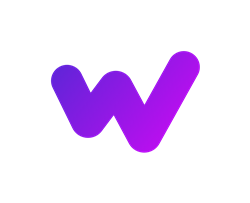325 reads
WaaS for Finance: How Banks and Retailers Can Leverage Wallet-as-a-Service?
by
July 17th, 2022
Audio Presented by

Providing Digital Wallets for banks and NBFIs across Africa, MENA, and LatAm.
About Author
Providing Digital Wallets for banks and NBFIs across Africa, MENA, and LatAm.